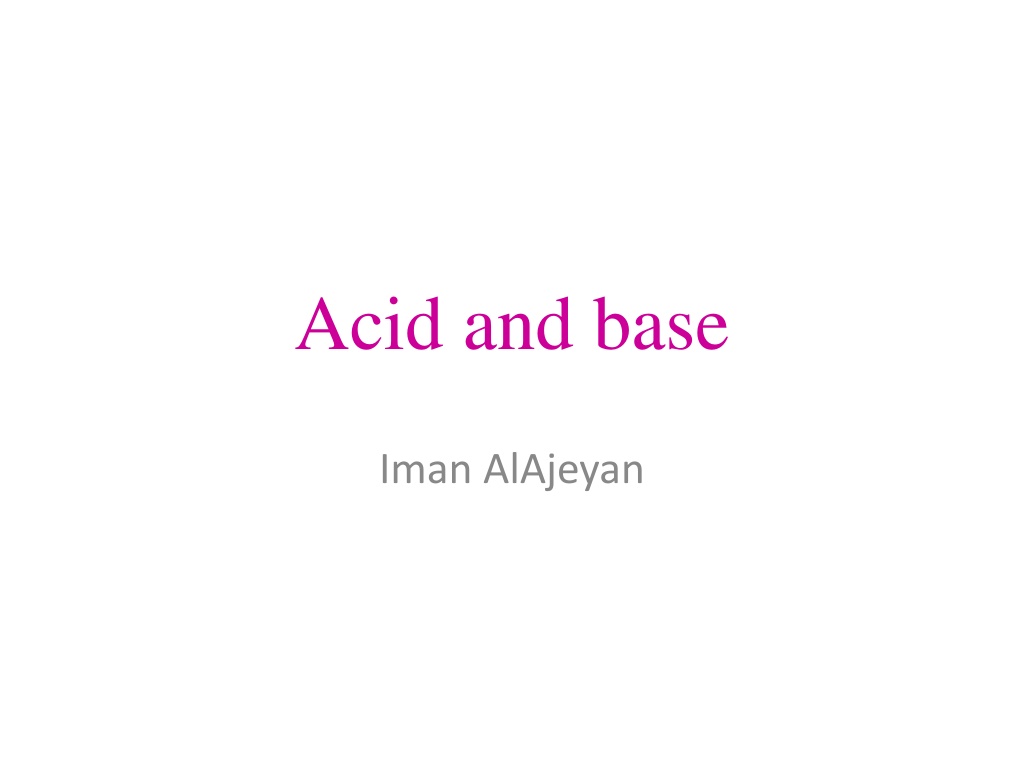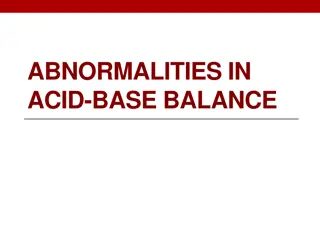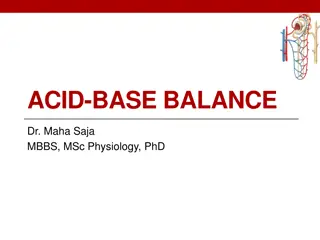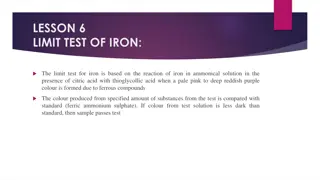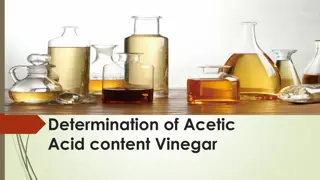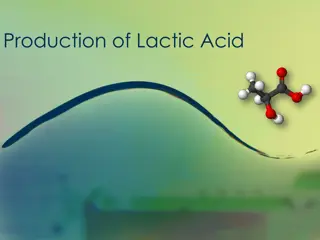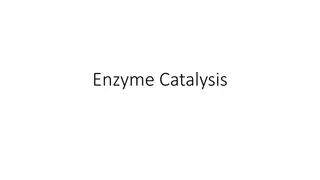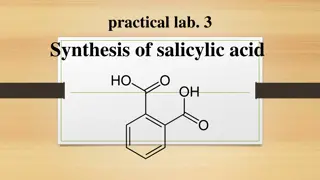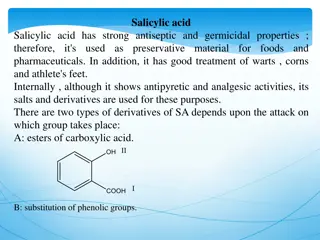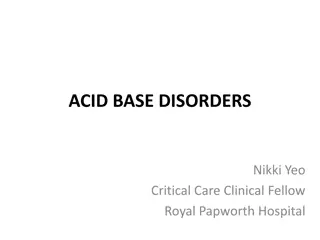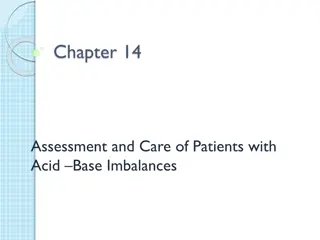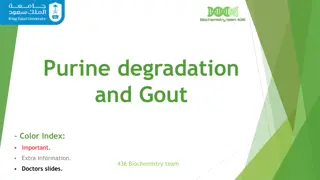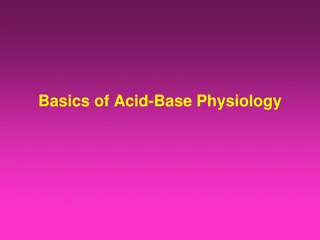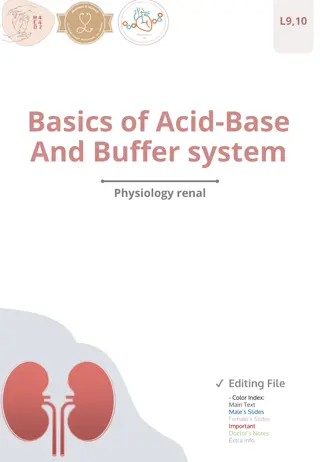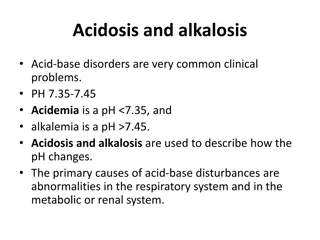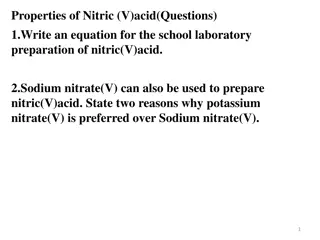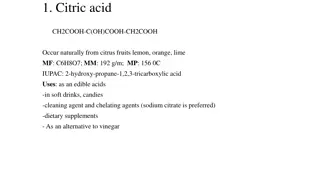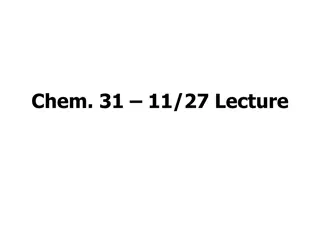Acid and base
Cluster shape-based techniques are explored to enhance the spatial resolution of the Belle II SVD and PXD detectors through the analysis of various pixel cluster configurations. This study, conducted at the 6th Belle II PXD/SVD workshop in Pisa, Italy, presents findings on cluster categorization, hit position estimation for different cluster sizes, and bias correction methods. The use of cluster shape information allows for improved accuracy in determining hit positions, with a focus on addressing biases in center-of-gravity estimates. The research, led by Peter Kody from Charles University in Prague, showcases advancements in tracking technology for particle detection at Belle II.
Uploaded on Feb 24, 2025 | 0 Views
Download Presentation

Please find below an Image/Link to download the presentation.
The content on the website is provided AS IS for your information and personal use only. It may not be sold, licensed, or shared on other websites without obtaining consent from the author.If you encounter any issues during the download, it is possible that the publisher has removed the file from their server.
You are allowed to download the files provided on this website for personal or commercial use, subject to the condition that they are used lawfully. All files are the property of their respective owners.
The content on the website is provided AS IS for your information and personal use only. It may not be sold, licensed, or shared on other websites without obtaining consent from the author.
E N D
Presentation Transcript
Acid and base Iman AlAjeyan
Acid Acid- -Base Theory Base Theory
Acids in water solutions show certain properties. They taste sour and turn litmus paper red. They react with metals like zinc to give off hydrogen.
Arrhenus Theory Acid completely in water to give hydrogen ions Acid- - is any substance that ionizes partially or Base give hydroxide ions (OH-) E.g: (NaOH) NaOH ---> Na+ + OH- Base- - Any substance that ionizes in water to
Brnsted Lowry Theory Acid Base Acid is a substance that can donate a proton (H+) Base is a substance that can accept a proton (H+) Acid = H Acid = H+ + + base + base
Lewis Acid is a species that accepts a pair of electrons from another species; in other words, it is an electron pair acceptor. Lewis Base is any species that donates a pair of electrons to a Lewis acid
Strong acids and bases complete dissociate in water. Weak acids and bases dissociate only partially and reversibly.
Table of Common Acids Hydrochloric - Carbonic - Sulfuric - Acetic - Nitric - Phosphoric - Citric - Lactic - Table of Common Acids - - HCl H2CO3 H2SO4 HC2H3O2 HNO3 H3PO4 H3C6H8O6 HC3H5O
Table of Common Bases Sodium Hydroxide Potassium Hydroxide Magnesium Hydroxide Calcium Hydroxide Ammonium Hydroxide Ammonia Sodium Carbonate Sodium Phosphate NaOH KOH Mg(OH)2 Ca(OH)2 NH4OH NH3 Na2CO3 Na3PO4
Conjugate acid base pairs Conjugate acid base pairs Conjugate an acid has given up a proton Conjugate base an acid has given up a proton base: the species that remains after the species that remains after Conjugate when a base gains a proton Conjugate acid when a base gains a proton acid: : the species that is formed the species that is formed
base acid NH3 + H2O NH4+ + OH- conjugate base conjugate acid
In the two examples water first acts as a base, then as an acid. Any species which can both accept and receive protons is called amphiprotic known as amphoteric) amphiprotic. (also
pH Scale pH Scale The concentration of hydrogen ions in a solution is very important for living things. The concentration of hydrogen ions is commonly expressed in terms of the pH scale. Low pH corresponds to high hydrogen ion concentration and vice versa.
pH Scale pH Scale A substance that when added to water increases the concentration of hydrogen ions(lowers the pH) is called an acid. A substance that reduces the concentration of hydrogen ions(raises the pH) is called a base.
pH Scale pH Scale Measures the degree of acidity (0 14) Most biologic fluids are in the pH range from 6 8 Each pH unit represents a tenfold difference in the concentration of hydrogen ions (scale is logarithmic) A small change in pH actually indicates a substantial change in H+ and OH- concentrations. When the concentration of H+ ions in a solution is 10-14, the pH is 14. In pure water, the average concentration of H+ ions is 10-7
Buffers Buffers Solutions which resist changes in pH when a small amount of an acid or base is added, or when the solution is diluted. This is a very useful for maintaining the pH for a reaction at an optimum value.
Buffers Buffers A buffer solution consists of a mixture of a weak acid and its conjugate base or a weak base and its conjugate acid. That is we have a weak acid and its salt or a weak base and its salt
Buffers Buffers Buffers help organisms maintain the pH of body fluids within the narrow range necessary for life. Buffers are combinations of H+ acceptors and donors forms in a solution of weak acids or bases. Work by accepting H+ from solutions when they are in excess and by donating H+ when they have been depleted.
Buffering Capacity The amount of acid or base that can be added without causing a large change in pH. Buffering Capacity Physiological buffers Normal blood pH : 7.3 7.45 Blood maintain to pH due to presence of buffers in it. Physiological buffers Yours buffer system in Blood. Hemoglobin & oxyhemoglobin : 62% H2PO-4 / HPO2-4 : 22% Plasma protein: 11% Bicarbonate : 5%
Review 2: Name the acid, base, conjugate acid and base for each reaction. CH3NH3+ + conjugate acid OH - CH3NH2 + H2O conjugate base base acid H3O + conjugate acid H2PO4- conjugate base H3PO4 + H2O + acid base H3O + C2H3O2- HC2H3O2 + H2O + acid base conjugate acid conjugate base CH3NH3+ + H2PO4- acid H3PO4 conjugate acid + CH3NH2 conjugate base base
Review 2: Name the acid, base, conjugate acid and base for each reaction. H2PO4- + OH- HPO42- conjugate base + H2O conjugate acid acid base CN- + H3O + conjugate base HCN + H2O conjugate acid acid base NH4+ OH - NH3 + H2O + base acid conjugate acid conjugate base NO2- + HCO3- base CO32- conjugate base + HNO2 conjugate acid acid
